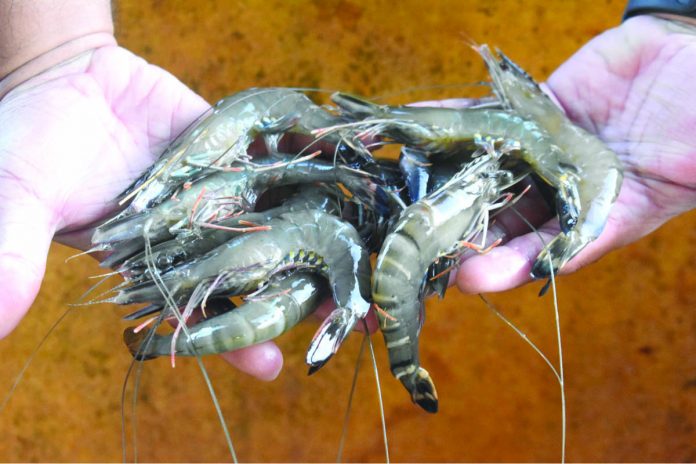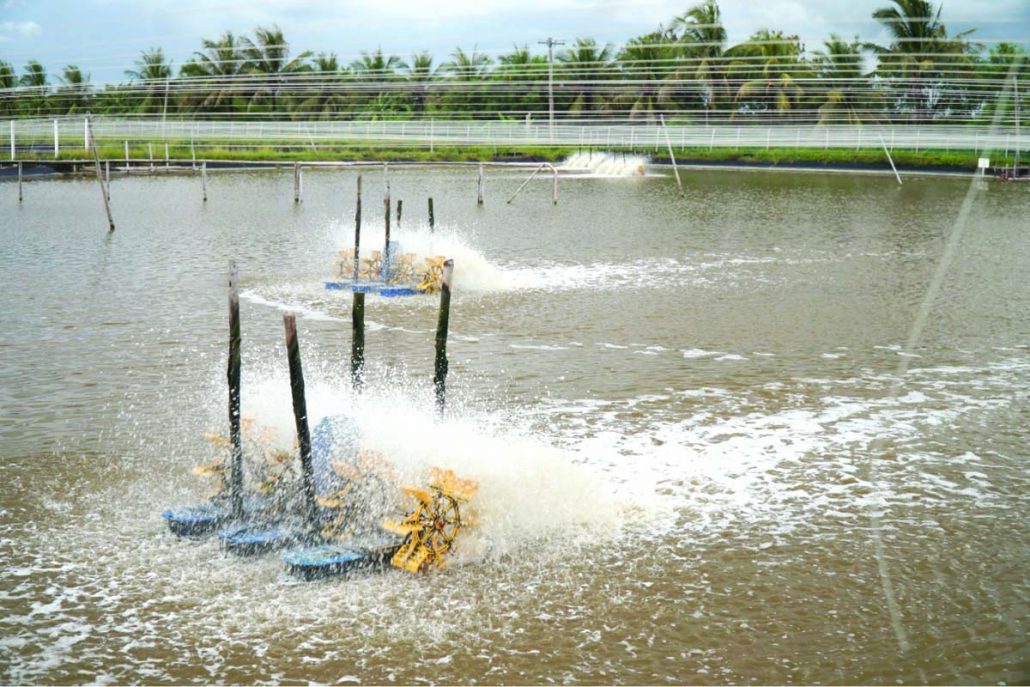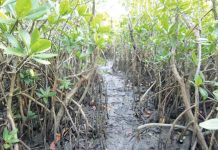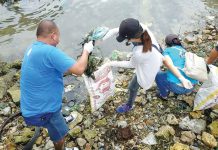
By Rossea H. Ledesma
TO PREVENT the entry of shrimp diseases, shrimp farmers are advised not to stock their ponds during cold months if their farms are not biosecurity-compliant or fully equipped to prevent the entry of shrimp diseases.
Experts from the Aquaculture Department of the Southeast Asian Fisheries Development Center (SEAFDEC) warn that shrimps get stressed when exposed to temperatures below 27 degrees Centigrade, predisposing them to diseases.
A study by Dr. Eleonor Tendencia, scientist at the Aquaculture Department of the Southeast Asian Fisheries Development Center (SEAFDEC/AQD), showed that a drop in temperature weakens the immune response of shrimp, thereby making them prone to infection. The study cites the pattern of white spot syndrome virus outbreaks in tiger shrimp when atmospheric temperatures are low.
Based on satellite readings provided by the National Oceanic and Atmospheric Administration in the United States, sea surface temperatures in Western Visayas are lowest in February where it reaches a monthly average minimum of 25.5 degrees Centigrade in Iloilo and Negros Occidental.
“A higher rate of culture success can be attained during the warmer months from April to October,” said Mr. Victor Emmanuel Estilo, shrimp pond culture expert of SEAFDEC/AQD.
Estilo also recommends that shrimp farmers, especially those whose facilities are not fully equipped to prevent the entry of land, water and air-borne pathogens and disease carriers, to consider having only one production run per year within the warmer months.
To maximize utilization of ponds, Estilo suggested growing high-value marine fish species such as snappers (maya-maya) and Asian sea bass (bulgan) during cold months.
“Inter-cropping with these predatory fish species in shrimp ponds is advantageous since they prey on wild disease-carrying crustaceans; thus, effectively breaking the chain of contamination within the pond,” said Estilo.

Oplan Balik Sugpo
Even then, shrimp farmers should always take extra precautions to prevent the entry of diseases by using high health or specific pathogen free (SPF) postlarvae (PLs), effective pond water filtration systems, de-contamination facilities (tire and foot baths) at single farm and pond entrances, and crab fences and bird-scaring devices among others.
Recurring disease outbreaks are considered the most serious problem faced by shrimp farmers. With this constraint, SEAFDEC/AQD under its banner program “Oplan Balik Sugpo,” intensified its research activities on identification, detection, prevention, and treatment of diseases plaguing the industry. It has also come up with protocols and is studying other variables to prevent the occurrence of diseases in shrimp stocks.
Last year, SEAFDEC/AQD successfully demonstrated tiger shrimp culture runs when it harvested 2.8 tons and 4.4 tons from a 5,000 and 8,000-square meter pond in October and November last year.
According to SEAFDEC/AQD chief Dan Baliao, the technology used to achieve this harvest is “easy to adopt and apply” for shrimp farmers and is “proven effective if given the proper aquaculture management.”/PN



